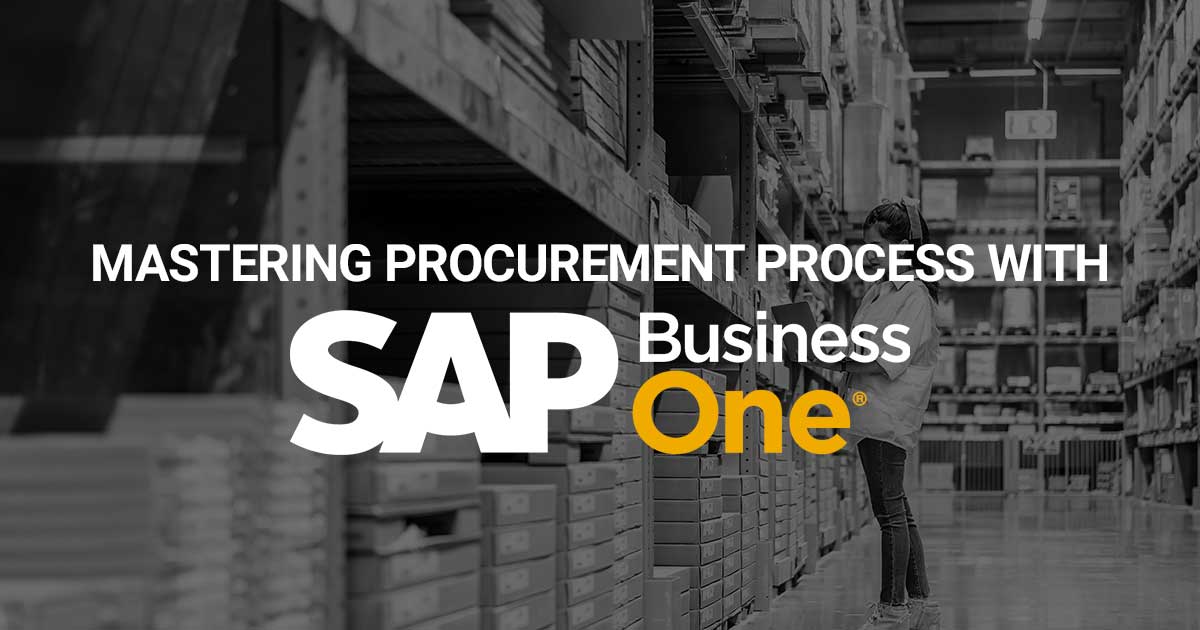
Strategic Approach that is more Focused on Long Term
Procurement Process is a critical aspect of any business, irrespective of the industry. And it is a time-consuming process.
In a market that is dominated by the constant demand from consumers, time is something that is limited for enterprises to fulfil those demands.
Earlier placing last-minute orders and jotting down important details etc. used to be enough. Now, that is simply outdated and one that is going to leave you in the dust when compared to the competition.
With time, the procurement process has evolved from the basics to a much more advanced process. Hence, enterprises must evolve themselves as well.
In procurement, you have to deal with external vendors to fulfil your essential requirements as well as streamline the process for optimum efficiency.
At the same time, a comprehensive view of the whole procurement process is important to do so.
We often see procurement getting confused with purchase. Let’s first understand what the Procurement Process is
What is the Procurement Process?

Focuses on getting the Highest Value
In simple words, the Procurement Process are steps and procedures businesses utilize in obtaining goods, services, or works from an external source, typically through purchasing or acquisition.
It is a fundamental function within an organization, encompassing various stages from identifying the need for a product or service to the final payment and evaluation of the supplier’s performance.
The procurement process is essential for managing costs, ensuring quality, and maintaining a reliable supply chain. It also plays a significant role in supplier relationship management and can impact the overall success of an organization.
Most large-scale procurement processes may also include bidding, which involves multiple parties.
Many enterprises use the terms ‘procurement’ and ‘purchasing’ interchangeably.
But in reality, these are different from each other.
| Procurement | Purchasing |
| A Strategic Approach that is more focused on long-term. | A short-term and is solely a Transaction focused endeavour. |
| Commences and goes on before the final purchase decision and continues | Limited simply to the purchasing process and ends once done |
| Focuses on getting the highest value. | Focuses on getting the best price. |
| Helps in building lasting relationships with ideal vendors | Doesn’t need/involve vendors |
| Is a Proactive approach that identifies the needs in advance. | Is a Reactive approach that fulfils previously identified needs. |
As we can see, the Procurement Process is much more than simply transactional. It’s about creating strategic partnerships and decisions that in the long run not only enhance your capacity but also let you meet customer demand efficiently.
Faced with the complex reality of streamlining the Procurement Process, enterprises are turning towards ERP software. And what better ERP software than SAP Business One?
A premium ERP solution made for the MSMEs, SAP Business One is a comprehensive software that encompasses the whole process and provides tools to automate and master the Procurement Process.
Let’s take a look at the various features that are available for the Procurement Process in SAP B1
Purchase Requisition
The procurement journey begins with the creation of a purchase requisition. This is a formal request generated by a department within the organization to acquire specific goods or services. In SAP Business One, users can effortlessly create, track, and manage purchase requisitions, ensuring a structured approach to procurement needs.
Request for Quotation (RFQ)
To optimize the procurement process, SAP Business One enables users to initiate a Request for Quotation (RFQ) if necessary. This feature allows businesses to ask for quotes from various suppliers and vendors. This ultimately facilitates informed decision-making based on price, quality, and other relevant factors.
Purchase Order (PO) Generation
With the information gathered from RFQs or directly from purchase requisitions, SAP Business One allows you to create purchase orders. The purchase order document serves as a binding agreement between the buyer and supplier, detailing the specifics of the procurement, including quantities, prices, and delivery schedules.
Approval Workflow
As is the case in many organizations, purchase orders usually require approval before being sent to the supplier. SAP Business One offers customizable approval workflows and ensures that the procurement activities align with the internal policies and budgets of the organization.
Supplier Collaboration
Clear and efficient communication with suppliers is essential for a seamless procurement process. SAP Business One provides features for sending and receiving orders electronically, allowing for real-time updates on order status, delivery dates, and other critical information.
Goods Receipt and Inspection
Upon receiving the ordered goods or services, the receiving department logs the transaction in SAP Business One in the form of a goods receipt. This step triggers updates in inventory levels and financial records, ensuring accurate reporting and inventory management.
Invoice Verification
To maintain financial accuracy, SAP Business One supports a thorough invoice verification process. The purchase order, goods receipt, and supplier invoice are meticulously matched to identify and rectify any discrepancies, thereby preventing overpayments or underpayments.
Returns and Discrepancy Handling
No matter how good the supplier/vendor is, there can be cases where the goods received do not meet quality standards or specifications. For this sole purpose, SAP Business One has a returns feature to facilitate the returns process. This step ensures that businesses only pay for goods or services that meet their requirements and quality standards.
AP Invoice Processing and Credit Memo
With SAP Business One, managing supplier invoices is a breeze. The software allows for seamless processing, tracking, and payment of supplier invoices, enhancing cash flow management and supplier relations. You can also issue credit memos for the returned merchandise to the suppliers.
Payment Processing & Reporting
The payment to the supplier is initiated through the financial management module of SAP Business One. Also, all transactions related to the procurement process are recorded in the system. Additionally, comprehensive reports can be generated to analyze procurement performance and expenses.
Apart from the aforementioned, SAP Business One also provides features that aid the procurement process such as Materials Requirements Planning (MRP), Master Data Management, Warehouse and accounting etc. that work in tandem with the purchasing process to build a seamless and error-free process.
As a result of an improved Procurement Process, your organisation reaps the benefits such as reduced costs, a comprehensive view of purchase orders, activities, suppliers, informed purchasing decisions and more.
With SAP Business One at the helm, you can optimise and master the procurement process with ease. From requisition to payment, the software empowers you to efficiently manage procurement operations.
It provides greater transparency, accuracy, and efficiency in the procurement process, ultimately contributing to the healthy growth of your organization.

